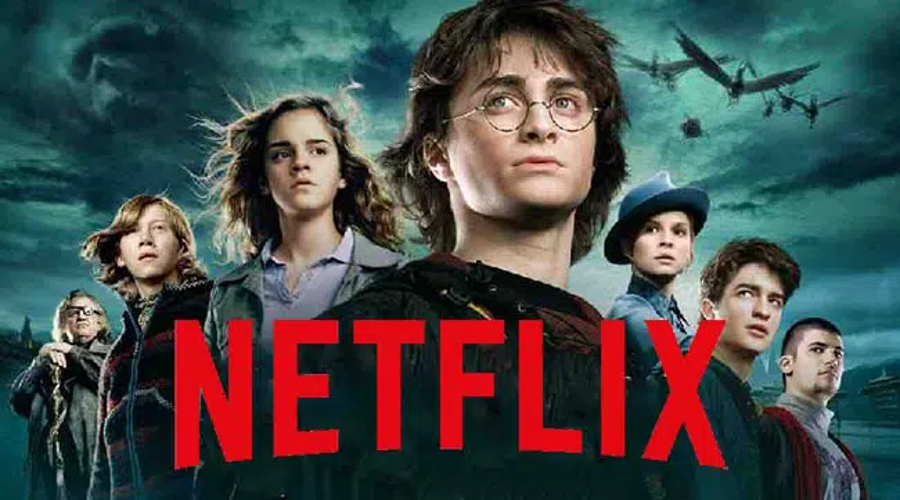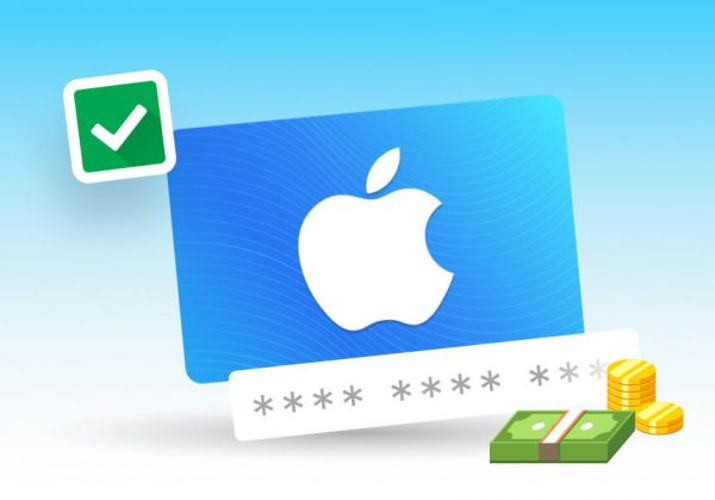Raster to Vector Conversion: The Art of Turning Pixels into Precision with Professional Vector Tracing Services
In today’s creative and digital industries, image quality can make or break a brand’s visual identity. Whether you’re a designer, printer, or embroiderer, crisp and scalable graphics are essential to maintaining a professional look. Unfortunately, many designs start as low-resolution raster images — which become blurry and unusable when resized. This is where Raster to Vector Conversion steps in to bridge the gap between creativity and precision.
With the help of a professional Vector Tracing Service, you can transform pixel-based images into sharp, editable vector graphics that maintain their clarity no matter the size or application. Let’s explore how this process works, why it matters, and how it can elevate your brand presentation.
1. What Is Raster to Vector Conversion?
At its core, Raster to Vector Conversion is the process of converting raster (bitmap) images — such as JPG, PNG, BMP, or GIF — into vector formats like AI, EPS, SVG, or PDF.
Raster images are made of tiny colored squares called pixels. When you zoom in or enlarge these images, they lose sharpness and become blurry. Vector images, on the other hand, are made of mathematical paths defined by points, lines, and curves. This means they can be resized infinitely without any loss in quality.
For example, if you have a logo saved as a small JPG file, converting it into vector format ensures that it can be printed on a business card or a large banner — all while retaining perfect clarity.
2. Why Raster to Vector Conversion Matters
If you’ve ever sent a blurry logo to a printer or seen a distorted image on your embroidery machine, you know how frustrating low-quality artwork can be. Raster to Vector Conversion eliminates that problem by making your design scalable, editable, and ready for any purpose.
Here’s why this service is essential:
-
Scalability: Vector images can be resized without losing quality.
-
Editability: You can change colors, text, or shapes easily.
-
Print-Ready Files: Ideal for screen printing, signage, laser cutting, and embroidery.
-
Professional Appearance: Ensures that your visuals always look clean and sharp.
Whether you’re running a design agency, print shop, or embroidery business, having your logos and graphics in vector format saves time, effort, and costly reworks.
3. How Raster to Vector Conversion Works
While the idea of converting an image may sound simple, achieving professional results requires skill and attention to detail. Most high-quality Vector Tracing Services follow a manual process to ensure accuracy and clarity.
Here’s a step-by-step overview:
-
Image Evaluation: The designer reviews the original raster image to check its resolution and complexity.
-
Manual Tracing: Using advanced design tools, each line, curve, and shape is manually traced to recreate the artwork precisely.
-
Path and Color Correction: The vector paths are adjusted for smoothness, and colors are refined for consistency.
-
Final Output: The completed vector file is saved in your preferred format (AI, EPS, or SVG) — ready for printing, embroidery, or digital use.
Unlike automatic conversion software, manual Vector Tracing Services ensure your artwork is clean, accurate, and perfectly aligned.
4. The Role of Vector Tracing Services
A Vector Tracing Service is more than just a conversion tool — it’s an art form that combines design knowledge with technical precision. Skilled designers understand how to interpret your image, enhance details, and produce a vector version that truly reflects your brand.
These services are especially valuable when dealing with:
-
Low-resolution logos or photos
-
Scanned drawings or sketches
-
Old company logos that need restoration
-
Artwork requiring color separation for screen printing or embroidery
In essence, vector tracing gives your artwork a second life — making it adaptable, scalable, and timeless.
5. Industries That Rely on Raster to Vector Conversion
Many industries depend on vector graphics for high-quality production. Here are a few examples:
-
Embroidery and Apparel: Logos must be in vector format for accurate stitching.
-
Printing and Signage: Printers require vector files for clear, color-accurate results.
-
Laser Engraving: Machines use vector paths for precision cutting and engraving.
-
Architecture and Engineering: Blueprints and CAD drawings often need vector conversion.
-
Marketing and Branding: Agencies use vector files for flexible brand materials and digital media.
No matter the field, Raster to Vector Conversion ensures consistency and excellence across every visual platform.
6. Benefits of Choosing a Professional Service
While there are many online converters available, they often produce uneven lines and incorrect shapes. Professional Vector Tracing Services offer several advantages that automated tools simply can’t match:
-
High Accuracy: Every curve and angle is manually adjusted for perfection.
-
Custom Modifications: Designers can refine, enhance, or even redesign parts of your artwork.
-
Multiple File Formats: You receive the output in various formats for different uses.
-
Fast Turnaround: Professionals deliver ready-to-use files quickly and efficiently.
By working with experts, you ensure your converted designs are print-ready, embroidery-friendly, and of premium quality.
7. Why Businesses Choose Vector Over Raster
Vector images aren’t just about quality — they’re about flexibility. A single vector file can be used across multiple platforms and projects, maintaining brand consistency and reducing design costs.
Here’s why businesses prefer vectors:
-
Future-Proof Files: Can be reused and resized without rework.
-
Smaller File Size: Easy to store, share, and upload.
-
Universal Compatibility: Works with all major design and printing software.
-
Professional Presentation: Your brand always looks polished and high-end.
When your designs are clean and scalable, they communicate professionalism — something every successful brand strives for.
8. Conclusion: Transform Your Artwork with Raster to Vector Conversion
In a world where visuals define credibility, Raster to Vector Conversion is more than a technical process — it’s a creative upgrade. It turns low-quality, pixelated images into flawless, scalable masterpieces that can be used anywhere.
By partnering with a trusted Vector Tracing Service, you ensure your designs retain their integrity, accuracy, and professional appeal — no matter how big or small your project is.
So, whether you’re preparing a logo for embroidery, printing, or digital marketing, make sure it’s in vector format. Because in design, precision isn’t just a choice — it’s the standard that sets you apart.






